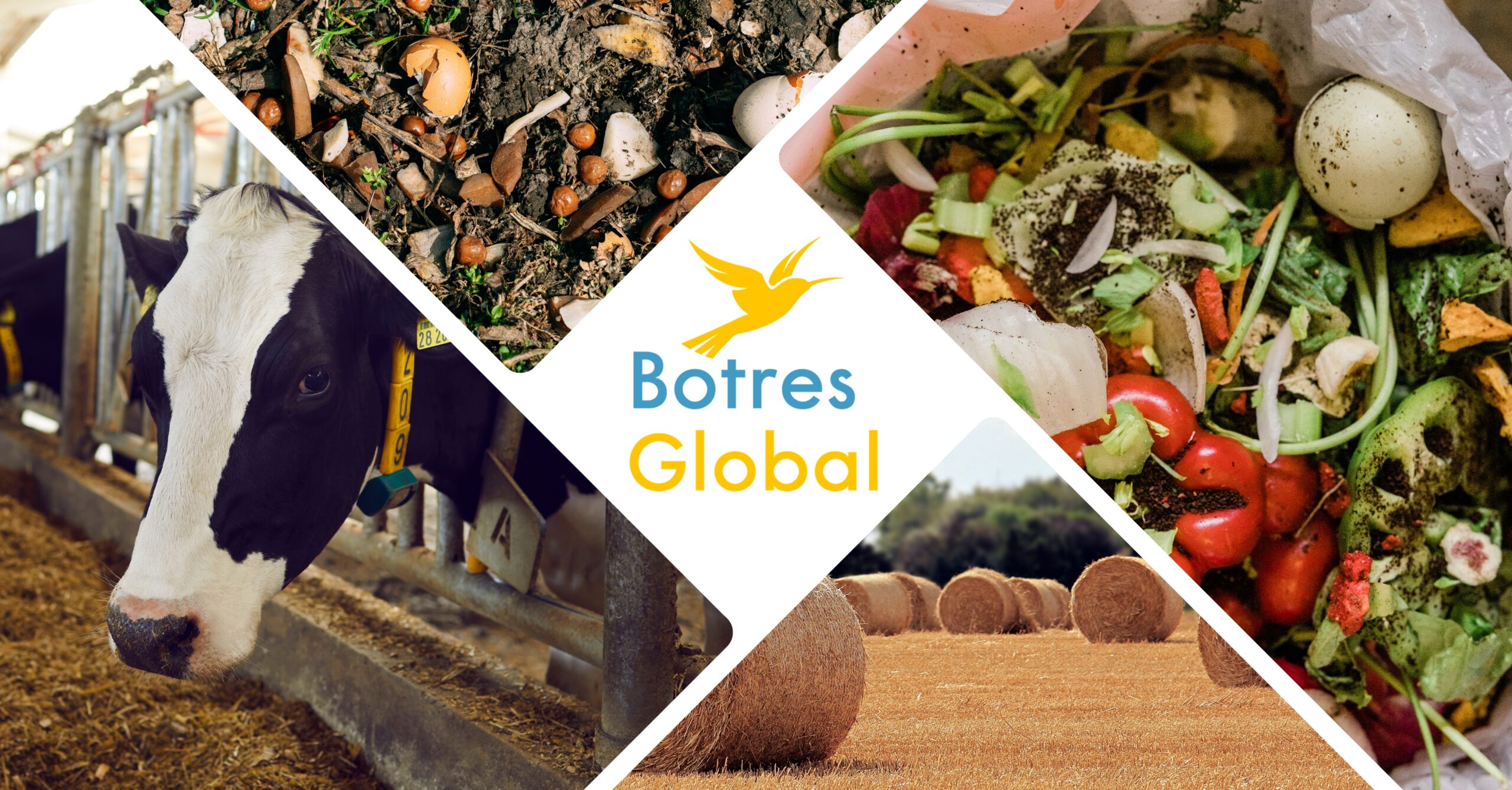Our biogas plants produce energy from organic waste and residues. But which feedstocks are actually treated in the plants? And what are the challenges associated with each feedstock? We provide clarity and show which materials are suitable to be converted into biogas.
Biogas plants can treat a wide range of organic waste and residues to produce energy. A common feedstock is biowaste such as food and kitchen waste, as well as manure and slurry from farms. With these waste materials, it is important to ensure that they are not contaminated with impurities, plastics or metals. Other organic materials such as sewage sludge, slaughterhouse or industrial waste can also be used as a feedstock for biogas production. By treating these feedstocks in biogas plants, you can not only generate energy, but also contribute to the circular economy and waste prevention.
Treating biowaste in our biogas plants
Biogas plants are an important source of renewable energy and a way to recycle organic waste. The treatment of biowaste in a biogas plant is a complex process involving several steps. First of all, the organics are separated from contaminants and converted into a clean, energy rich slurry with our pre-treatment system “Bio Scraper”. This slurry is then transported to the hydrolysis to increase the efficiency of the subsequent anaerobic digestion process. From hydrolysis, the material is transferred to the fermenter where it is anaerobically (without oxygen) digested under controlled conditions.
During the fermentation process, bacteria in the biogas plant produce methane. The remaining liquid is called digestate and contains valuable nutrients for plants. After fermentation, the digestate is processed and can be used as fertilizer.
There are many benefits to processing biowaste in biogas plants, such as reducing the volume of waste and generating renewable energy. This is an important step in promoting a sustainable circular economy. The use of organic material not only produces energy, but also helps to properly recycle valuable resources and to protect the environment.
Animal manure – a valuable resource
Animal waste products such as slurry or cow manure are valuable feedstocks for biogas production. Agriculture produces large amounts of animal waste that can be used in biogas plants. The advantage of animal slurry and manure is its high organic content and associated high energy content. The use of slurry and manure in biogas plants can therefore make a significant contribution to energy production. In addition, using animal waste reduces greenhouse gas emissions, as methane emissions are avoided through the treatment in biogas plants. Careful control and monitoring of the process is essential to ensure safe and efficient recycling.
Other organic feedstocks used for biogas production
In addition to biowaste and animal waste, there are other organic feedstocks that can be used for biogas production. These include for example slaughterhouse waste and sewage sludge. There are a number of challenges that need to be considered when using these materials. One of them is the proper hygienization of slaughterhouse waste to eliminate possible germs.
Challenges of using different feedstocks
When operating biogas plants, there are a number of things to consider in addition to proper hygienization. One of these is the right mix of waste streams to achieve an optimal gas yield. As we provide true multi-feedstock plants with high flexibility, liquid feeding is key. The shredding and homogenisation of the waste also plays an important role in ensuring uniform fermentation. Another factor is temperature control during the process, as the microorganisms in the plant can only work under certain conditions. In addition, odour nuisance to local residents must be avoided. Careful planning and commissioning of the plant, as well as regular maintenance, are therefore essential to ensure efficient and sustainable biogas production.
In summary, a huge number of organic waste streams can be treated in our biogas plants. Fermentation of these feedstocks produces methane, which can be used for energy generation and heating. The methane can also be upgraded to biomethane and injected into the gas grid or liquefied into LNG. The treatment of biowaste and other organic feedstocks in biogas plants therefore offers huge potential for sustainable energy production and resource conservation.
#feedstock#biogasproduction#renewablenergy#sustainability#biogas#circulareconomy#wastetoenergy
